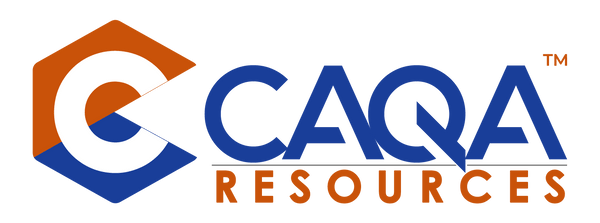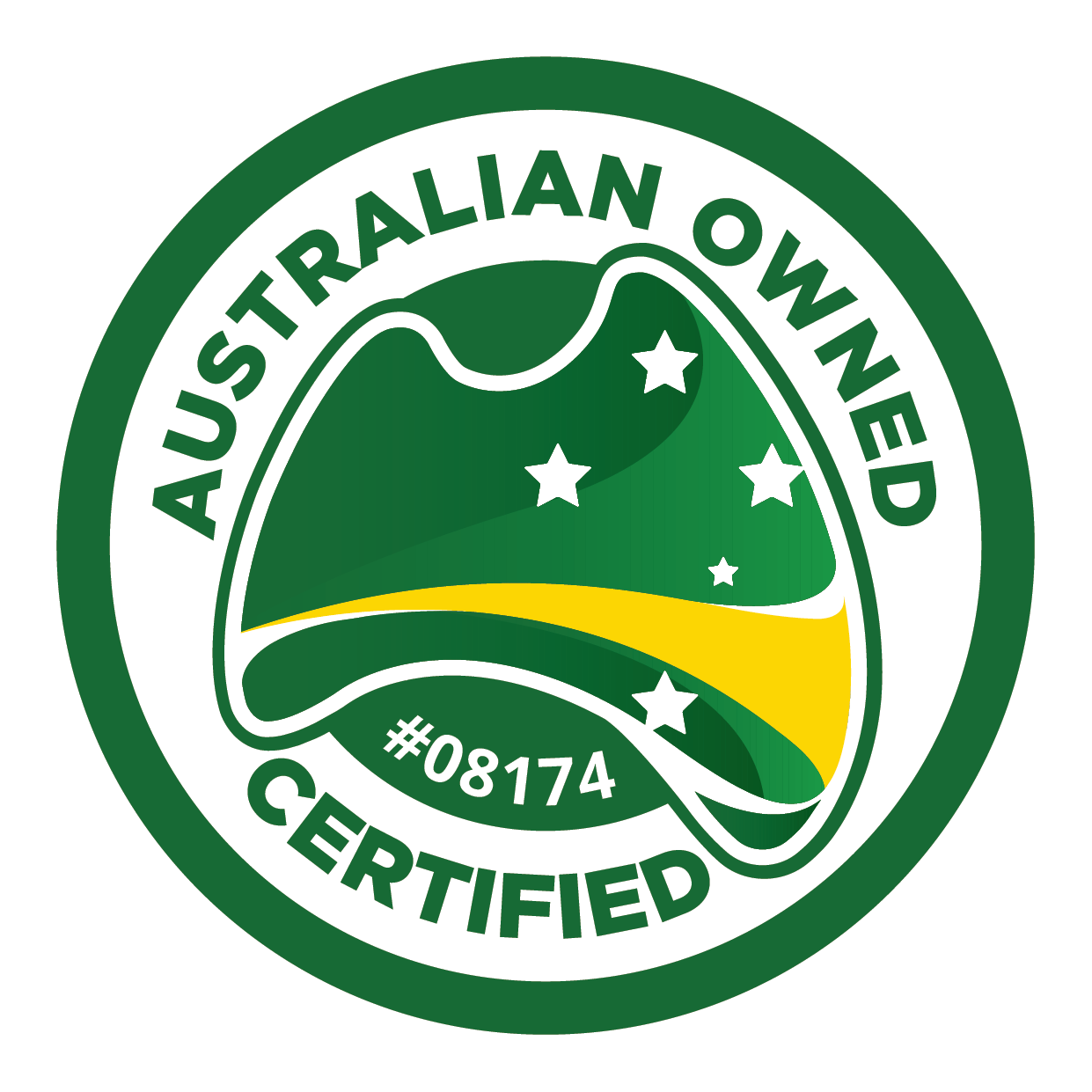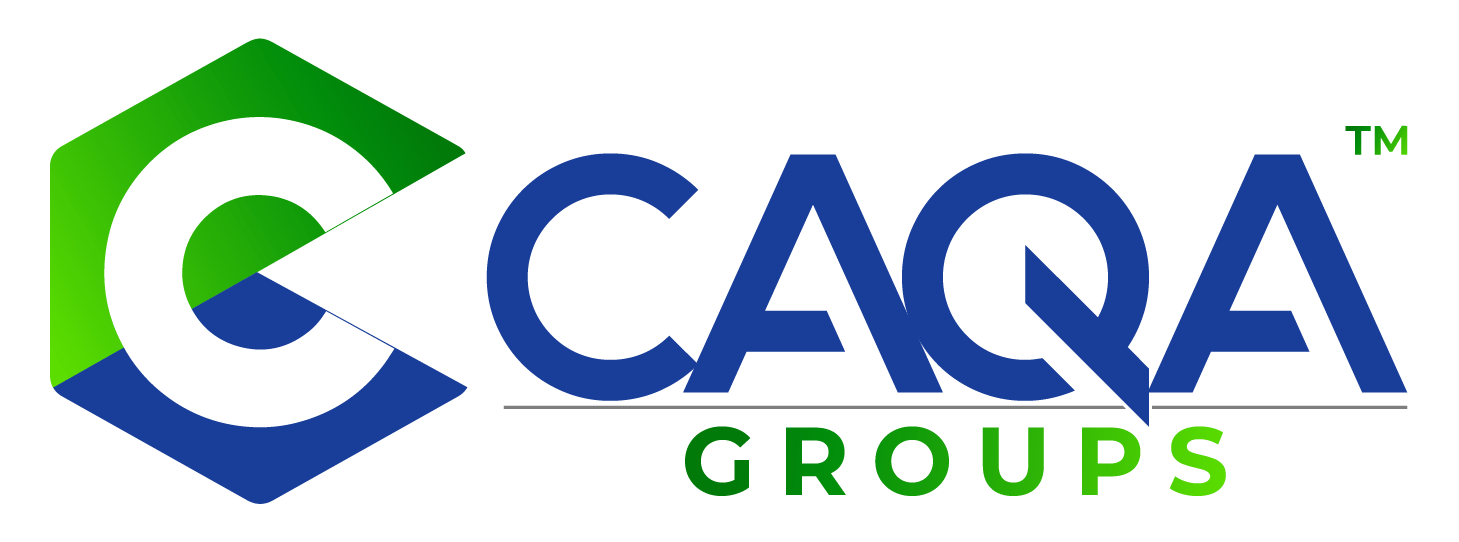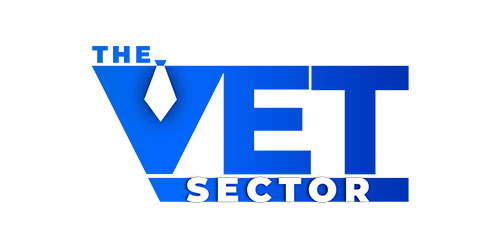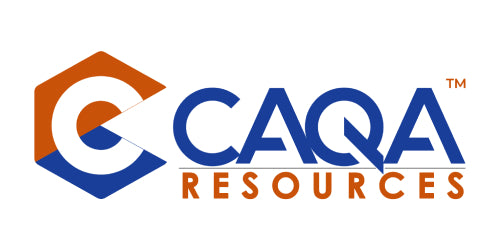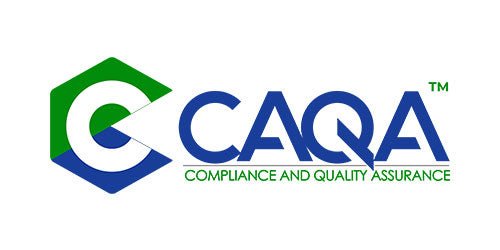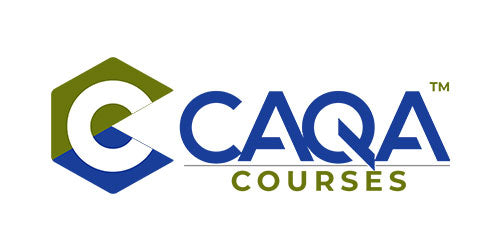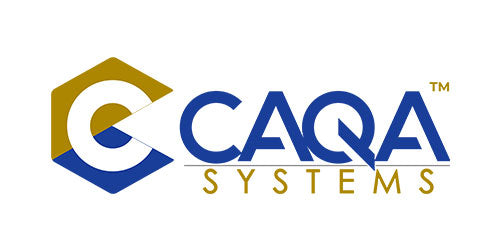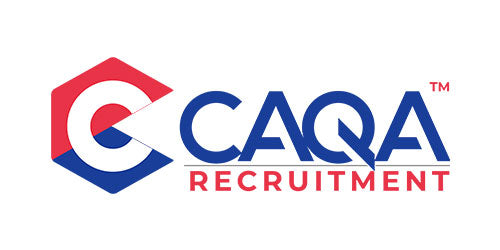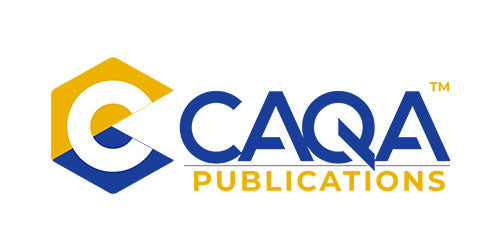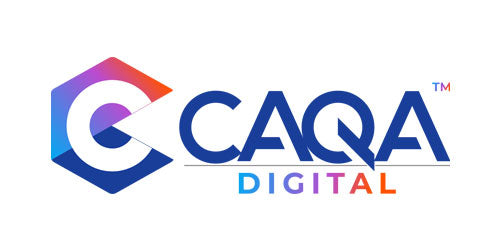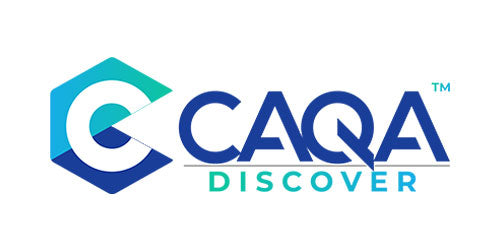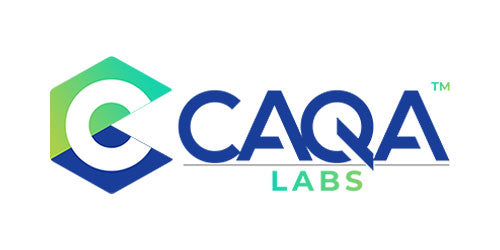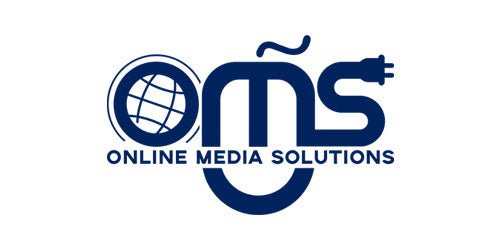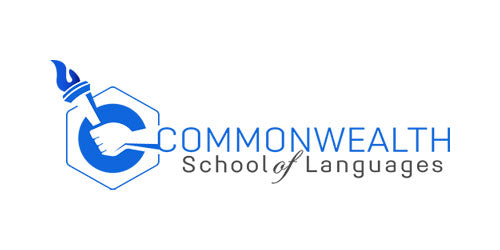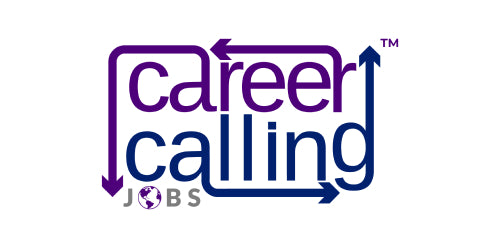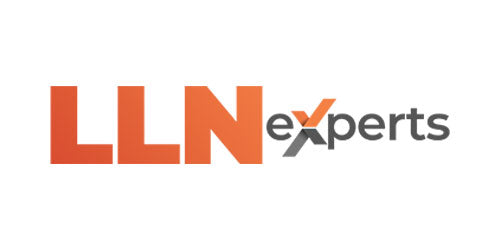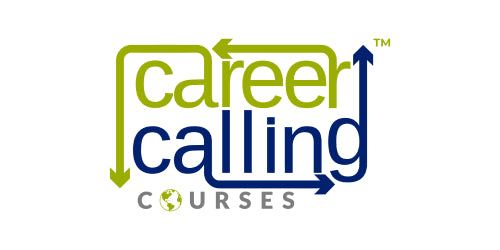In the dynamic world of vocational education and training (VET), Registered Training Organisations (RTOs) must go above and beyond the basic requirements to create an optimal learning environment. While Clause 1.3 of the Standards for RTOs 2015 outlines the fundamental resources an RTO must have, there are numerous additional considerations when it comes to facilities, equipment, and resources that can significantly enhance the quality of training and the overall learner experience.
Creating a State-of-the-Art Learning Environment
Modern RTOs are increasingly recognizing the importance of creating learning spaces that inspire creativity, collaboration, and innovation. Beyond traditional classrooms and workshops, consider incorporating:
- Flexible Learning Spaces: Design areas that can be easily reconfigured to accommodate different learning activities, from group discussions to individual study.
- Technology-Enhanced Rooms: Equip spaces with smart boards, video conferencing capabilities, and high-speed internet to facilitate blended learning approaches.
- Simulation Laboratories: Invest in industry-specific simulation equipment to provide learners with hands-on experience in a controlled environment.
- Outdoor Learning Areas: Where appropriate, create outdoor spaces that can be used for practical training or as alternative learning environments.
- Student Lounges and Collaboration Zones: Provide comfortable areas where learners can relax, socialize, and engage in informal learning activities.
Leveraging Cutting-Edge Technology
In today's digital age, technology plays a crucial role in enhancing the learning experience. Consider incorporating:
- Virtual Reality (VR) and Augmented Reality (AR) Systems: These technologies can provide immersive learning experiences, particularly useful for hazardous or hard-to-access environments.
- 3D Printers and Advanced Manufacturing Equipment: For technical courses, access to cutting-edge equipment can give learners a competitive edge in the job market.
- Learning Management Systems (LMS): Implement a robust LMS that supports both in-person and online learning, facilitating seamless communication and resource sharing.
- Mobile Learning Platforms: Develop or adopt mobile apps that allow learners to access course materials and participate in learning activities on-the-go.
- Data Analytics Tools: Utilize software that can track learner progress and provide insights to improve training delivery and outcomes.
Resources related to training packages and qualifications
You are required to ensure that you have access to all facilities, equipment and resources mentioned in your training packages or required according to industry standards and accreditations. Some of these may include but not limited to:
Information and Communications Technology (ICT)
- Cyber security penetration testing lab
- Virtual reality (VR) development studio
- IoT (Internet of Things) development kits
- Artificial intelligence and machine learning lab
- Blockchain development environment
- Quantum computing simulator
- Cloud computing sandbox environments
- 5G network testing equipment
- Data center simulation room
- Biometrics testing equipment
Creative Arts and Culture (CUA)
- Podcast recording studio
- Green screen room for video production
- Motion capture equipment for animation
- 3D scanning equipment for digital modeling
- Sound engineering studio with anechoic chamber
- Digital art tablets and styluses
- High-end digital cameras and lighting equipment
- Professional-grade editing suites
- Textile design and production lab
- Virtual production stage
Business Services (BSB)
- Social media command center for digital marketing
- Virtual boardroom for corporate training
- Design thinking and innovation lab
- Entrepreneurship incubator space
- Simulated stock trading floor
Tourism, Travel and Hospitality (SIT)
- Virtual reality tourism experiences
- Commercial kitchen with international cuisine stations
- Hotel room simulation for hospitality training
- Event planning and management software
- Barista training station with professional equipment
Construction, Plumbing and Services (CPC)
- Building Information Modeling (BIM) lab
- Virtual reality safety training simulator
- 3D concrete printing equipment
- Drone surveying and mapping tools
- Smart home automation training setup
Agriculture, Horticulture and Conservation and Land Management (AHC)
- Hydroponic and aeroponic systems
- Precision agriculture technology lab
- Drone technology for crop monitoring
- Soil testing and analysis equipment
- Virtual livestock management simulator
Health (HLT)
- Advanced patient simulation mannequins
- Virtual anatomy table
- Telehealth simulation room
- 3D-printed organ models for surgical training
- Portable ultrasound devices
Automotive (AUR)
- Electric and hybrid vehicle diagnostic equipment
- Autonomous vehicle test track
- Augmented reality (AR) car repair guides
- Vehicle emissions testing station
- Advanced driver-assistance systems (ADAS) calibration tools
Manufacturing and Engineering (MEM)
- Additive manufacturing lab with metal 3D printers
- Collaborative robot (cobot) training cell
- Digital twin simulation software for manufacturing processes
- Advanced materials testing equipment
- Augmented reality-assisted assembly training system
Aviation (AVI)
- Full-motion flight simulator
- Drone pilot training ground with obstacle course
- Aircraft maintenance virtual reality trainer
- Weather radar interpretation software
- Air traffic control simulation room
Financial Services (FNS)
- Algorithmic trading simulation platform
- Blockchain-based fintech development environment
- Anti-money laundering (AML) detection software
- Virtual reality bank branch for customer service training
- AI-powered risk assessment tools
Property Services (CPP)
- Building energy management system (BEMS) training setup
- Virtual reality property inspection tools
- 3D laser scanning equipment for building surveys
- Smart home integration lab
- Augmented reality landscape design software
Sport, Fitness and Recreation (SIS)
- Motion analysis lab with high-speed cameras
- Altitude training room
- Virtual reality sports psychology training software
- Advanced fitness equipment with integrated AI coaching
- Biomechanics analysis software suite
Laboratory Operations (MSL)
- Automated liquid handling systems
- Next-generation sequencing (NGS) platform
- Mass spectrometry imaging equipment
- Virtual reality lab safety training simulator
- Microfluidics fabrication and testing equipment
Retail Services (SIR)
- Augmented reality visual merchandising software
- RFID inventory management system
- Virtual reality store layout design tool
- AI-powered customer behavior analysis software
- Omnichannel retail simulation platform
Public Safety (PUA)
- Incident command virtual reality simulator
- Hazardous materials handling training facility
- Emergency dispatch simulation software
- Body-worn camera scenario training system
- Disaster response planning and simulation software
Printing and Graphic Arts (ICP)
- Large format digital printing system
- 3D packaging design and prototyping studio
- Color management and calibration lab
- Augmented reality-enhanced print media development tools
- Sustainable ink and substrate testing equipment
Sustainability (MSS)
- Circular economy simulation software
- Life cycle assessment (LCA) tools
- Renewable energy systems integration lab
- Waste-to-energy conversion demonstration unit
- Sustainable urban planning virtual reality studio
Enhancing Resource Accessibility
Ensuring that resources are accessible to all learners is crucial for an inclusive learning environment:
- Adaptive Technologies: Invest in tools and software that support learners with disabilities, such as screen readers, speech-to-text software, and adjustable workstations.
- Multilingual Resources: Provide learning materials in multiple languages to support diverse learner populations.
- 24/7 Online Resource Libraries: Create comprehensive digital libraries that learners can access anytime, anywhere.
- Open Educational Resources (OER): Curate and create OER to supplement proprietary materials, offering learners a wider range of perspectives and resources.
- Peer-to-Peer Resource Sharing Platforms: Implement systems that allow learners to share notes, study guides, and other self-created resources.
Fostering Industry Connections
Building strong links with industry can significantly enhance the resources available to learners:
- Industry Partnership Hubs: Create dedicated spaces within the RTO for industry partners to engage with learners, conduct workshops, or showcase new technologies.
- Equipment Loan Programs: Establish partnerships with industry leaders to access the latest equipment on a rotational basis.
- Virtual Industry Tours: Develop virtual tours of industry facilities to give learners insights into real-world work environments.
- Guest Speaker Series: Regularly invite industry experts to share their knowledge and experiences, either in person or through virtual platforms.
- Industry-Sponsored Project Spaces: Set up areas where learners can work on real-world projects provided by industry partners.
Promoting Sustainability and Well-being
Modern RTOs should also consider the environmental impact of their facilities and the well-being of their learners:
- Green Building Design: Incorporate sustainable design principles in RTO facilities, such as energy-efficient lighting, solar panels, and water conservation systems.
- Wellness Centers: Provide spaces dedicated to learner well-being, including fitness areas, meditation rooms, and counseling services.
- Sustainable Resource Management: Implement systems for recycling, waste reduction, and sustainable resource use in all RTO operations.
- Biophilic Design Elements: Incorporate natural elements into the learning environment to reduce stress and improve cognitive function.
- Ergonomic Furniture: Invest in comfortable, adjustable furniture that supports learner health and well-being during long study sessions.
Continuous Improvement and Adaptation
To stay at the forefront of vocational education, RTOs should establish systems for continuous improvement of their facilities, equipment, and resources:
- Regular Technology Audits: Conduct periodic assessments of technological resources to ensure they remain current and effective.
- Learner Feedback Mechanisms: Implement robust systems for gathering and acting on learner feedback regarding facilities and resources.
- Industry Advisory Boards: Establish boards of industry experts to provide ongoing guidance on resource requirements and emerging trends.
- Flexible Budgeting: Allocate funds for rapid adoption of new technologies and resources as they emerge.
- Staff Professional Development: Ensure that staff are continually trained in the use of new equipment and resources to maximize their effectiveness.
While meeting the basic requirements outlined in Clause 1.3 is essential, RTOs that aspire to excellence must think beyond these fundamentals. By investing in state-of-the-art facilities, cutting-edge technology, and innovative resources, RTOs can create learning environments that not only meet current industry standards but anticipate future needs. This forward-thinking approach ensures that learners are well-prepared for the evolving demands of their chosen industries, positioning both the RTO and its graduates for long-term success in the dynamic world of vocational education and training.









